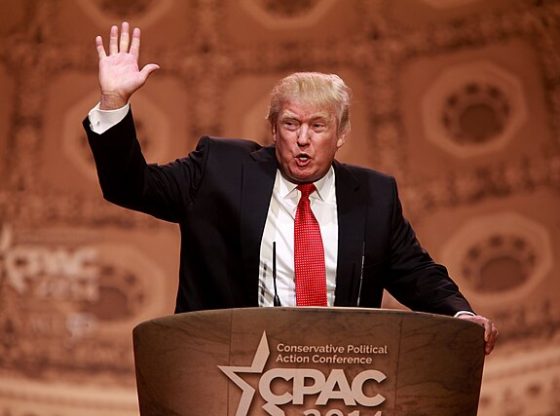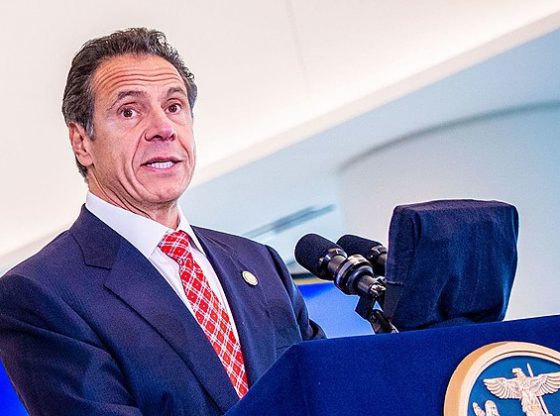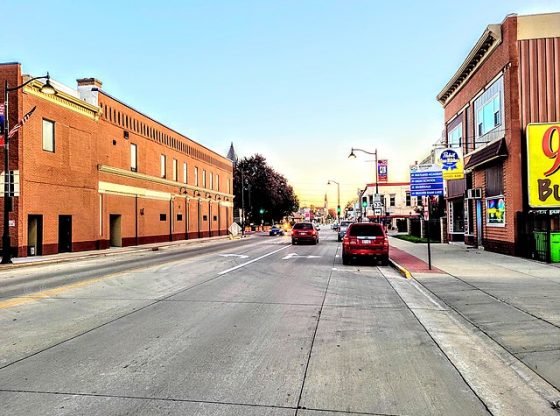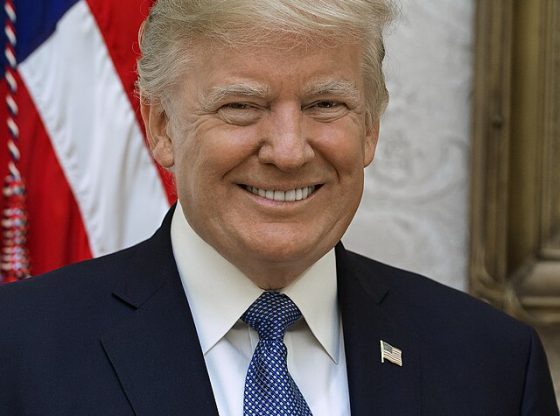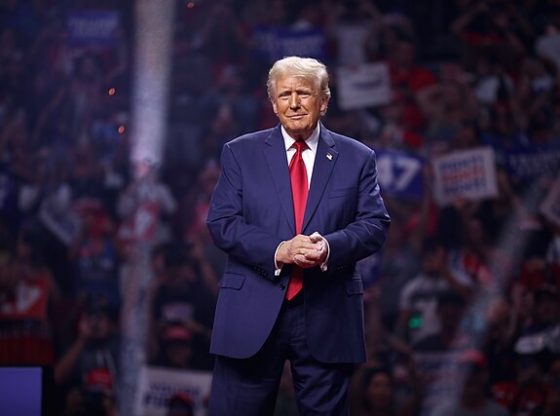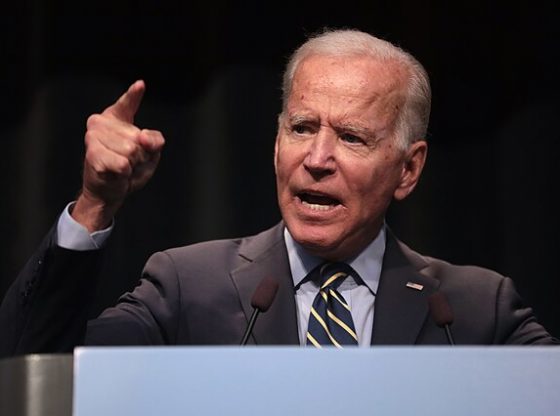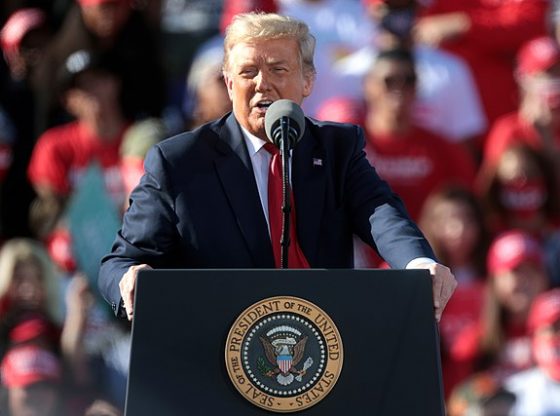The Supreme Court is hearing a handful of cases this term with significant implications for free speech, particularly on social media.
One of the major themes emerging for the 2023-2024 term, alongside challenges to the administrative state, is the justices’ interest in clarifying First Amendment law as it applies to social media and questions of government action. The high court’s docket now includes multiple First Amendment cases, including one landmark case brought by the attorneys general of Missouri and Louisiana that revealed wide ranging government censorship efforts in which officials pressured social media companies to restrict speech on topics ranging from COVID-19 to elections.
“This term is shaping up to be the most consequential one for the First Amendment in decades,” Aaron Terr, Foundation for Individual Rights and Expression (FIRE) director of Public Advocacy, told the Daily Caller News Foundation. “Among other important free speech issues, the Court will address the government’s authority to regulate social media, government officials’ ability to block their online critics, and limits on the government’s power to pressure digital platforms and other private actors to restrict speech.”
These cases include Murthy v. Missouri, challenging the federal government’s communication with social media companies to censor speech, and NRA v. Vullo, a lawsuit brought by the National Rifle Association (NRA) against a New York official who pressured banks not to do business with them.
Terr said there are “clear parallels” between the two cases.
“Each case involves government officials exceeding constitutional boundaries by coercing private companies to censor or dissociate from speakers expressing views those officials dislike,” Terr said.
Murthy v. Missouri — formerly known as Missouri v. Biden — attracted heightened attention after a federal district court judge issued an injunction in July barring the Biden administration from coordinating with social media companies to censor speech. Judge Terry A. Doughty, a Trump appointee, found that the plaintiffs had “produced evidence of a massive effort by Defendants, from the White House to federal agencies, to suppress speech based on its content.”
The Supreme Court chose to pause the injunction while it hears the Biden administration’s appeal, a decision Justice Samuel Alito worried would empower state actors to continue censoring speech.
“At this time in the history of our country, what the Court has done, I fear, will be seen by some as giving the Government a green light to use heavy handed tactics to skew the presentation of views on the medium that increasingly dominates the dissemination of news,” Alito wrote in October. “That is most unfortunate.”
The NRA case deals with similar issues, though not on social media.
The Second Circuit found in 2022 that the NRA failed to prove New York’s Department of Financial Services Maria Vullo “crossed the line between attempts to convince and attempts to coerce.” The organization argues this rationale gives government officials “free rein to financially blacklist their political opponents—from gun-rights groups, to abortion-rights groups, to environmentalist groups, and beyond.”
Two challenges against laws in Texas and Florida intended to crack down on censorship brought by NetChoice, a trade association whose members include tech companies like Google and Meta, have also made their way before the justices.
The Fifth Circuit backed Texas’ law prohibiting viewpoint censorship in September 2022, writing that corporations do not “have a freewheeling First Amendment right to censor what people say.” But in May 2022 the Eleventh Circuit found Florida’s law, which more narrowly restricts platforms from suspending political candidates and “journalistic enterprises,” was likely unconstitutional.
“The government shouldn’t have the power to censor social media users by proxy or interfere with social media platforms’ editorial discretion, period,” Terr told the DCNF.
The above cases will be heard sometime in the spring but have not yet been scheduled for oral arguments.
In late October, the justices heard arguments in two other First Amendment cases, Garnier v. O’Connor-Ratcliff and Lindke v. Freed, involving public officials who blocked constituents online. Justice Elena Kagan underscored the importance of the question during oral arguments, noting “more and more” of the government is operating on social media.
The Supreme Court could also still agree to hear a First Amendment case challenging bias response teams on university campuses, along with another case involving a county’s “buffer zone” law around abortion clinics aimed at restricting pro-life sidewalk counseling.
Katelynn Richardson on November 18, 2023




